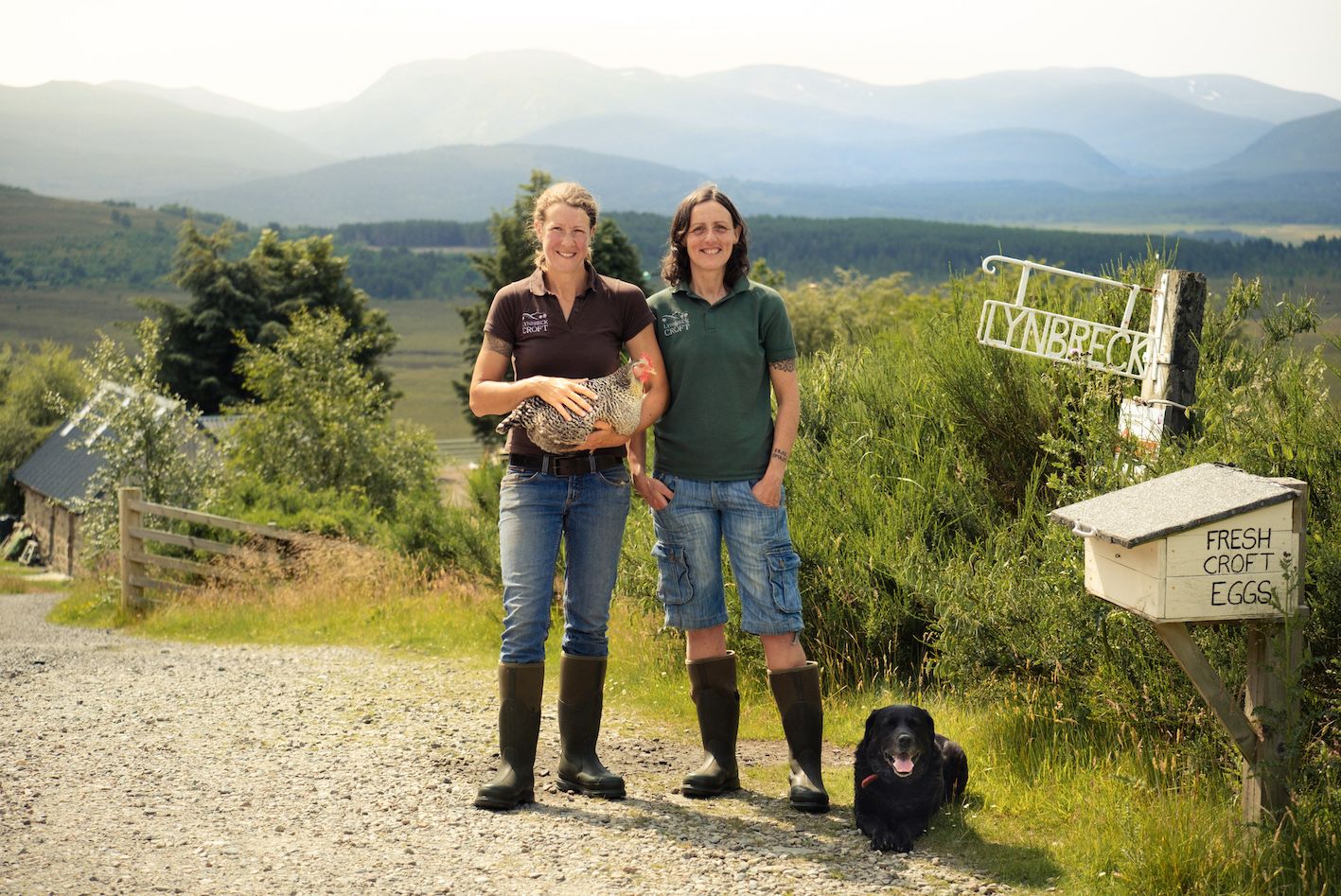In 2016, Sandra Baer and Lynn Cassells purchased a 150-acre croft in the shadow of the mighty Cairngorm Mountains, surrounded by rugged moorland and dense forest. They pair had met while working as apprentice rangers for the National Trust in south-east England, and bonded over a shared desire: to live a simpler, more self-sufficient life.
Lynn had grown up in Northern Ireland and studied archaeology. Sandra was raised in Switzerland, and took annual holidays to visit family in Scotland, before moving to Canada to train horses. After they met, a deep love of nature quickly solidified into a plan to move north in search of their own “bit of land”.
“We did the thing your parents tell you never to do," Lynn says. "One, leave your comfortable job, and two, empty all the financial pots you've ever had in your entire life and put them all into one thing that you don't really know how to do."
They show how farming is not a lifestyle fantasy but a way of living, working and eating that is in partnership - with the land, the community, animals and each other.
By 2018, through an emphasis on regenerative farming, self-sustainability, and integration into the local community, Lynn and Sandra had been awarded the Scottish Crofting Federation’s Best Newcomer Award and Cairngorms National Park Nature Farm Award. Their new book 'Our Wild Farming Life' details their journey so far. The Guardian's Patrick Barkham wrote that "they show how farming is not a lifestyle fantasy but a way of living, working and eating that is in partnership - with the land, the community, animals and each other."
Lynn and Sandra had been living and working in the Scottish borders on a rewilding project for a few years when they discovered Lynbreck croft in the Cairngorms National Park was for sale. At 150 acres it was much larger than they wanted (and more expensive), but they happened to be driving past one day and decided to take a look.
“That was the fatal mistake. It was a gorgeous August day, the heather was in full bloom, it was wind-still, wild flowers and insects everywhere - that's what we fell in love with. We say that as much as we chose Lynbreck, we feel that Lynbreck chose us at the same time,” Lynn says.
A generous loan from a friend enabled them to secure the croft. The next step was learning how to farm.
Rewilding and Regenerating
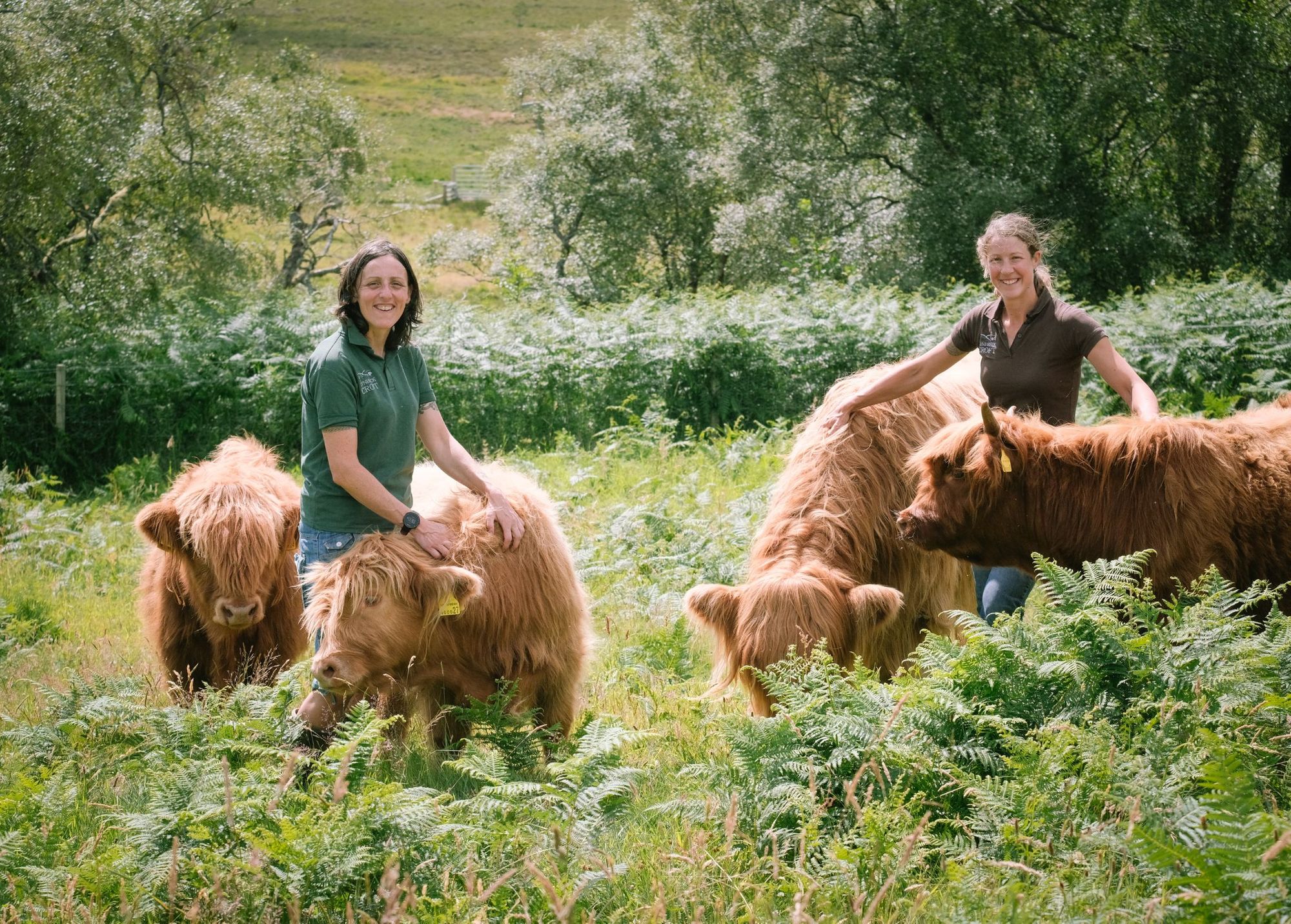
Sandra and Lynn might not have had any agricultural experience, but they do have backgrounds in ecology, and are interested in rewilding and regenerating the landscape. They've so far planted 30,000 native trees and have fenced off nine hectares for natural reforestation.
“We had a decision with two choices: one was to take an acre, build a kitchen garden and leave the other 149 acres to do its thing," Lynn says. "The other was to look at the land we had, and see if there was some way we could work with animals to build biodiversity back into it, and then help feed the local community.”
The two decided upon the latter. They started thinking about what animals to get, and inspired by how herds of wild bison move through their landscape, grazing and fertilising it, they decided to mimic this approach with Highland cattle - a hardy native breed. They also decided to get chickens and pigs for their woodlands, replicating the impact that wild boar have on a landscape.
“It looks like they're trashing it but they're just rooting through the grasses and breaking up the soil. By exposing the seed it allows the opportunity for tree seedlings to fall, and for relic seeds in the grassland to sprout and grow. So it really can generate diversity,” Lynn says.

Growing Their Own
Lynn and Sandra are 95% self-sufficient in vegetables. This is no mean feat considering the three-month-long growing season and the harsh conditions. The croft is situated 350m above sea level, with acidic soil and strong winds. Alongside their no-dig kitchen garden they have a polycrub, a reinforced polytunnel designed (on the Shetland Islands) to withstand winds of up to 120mph. This gives them a warmer microclimate where they can grow tomatoes, peppers, cucumbers, melons and more.
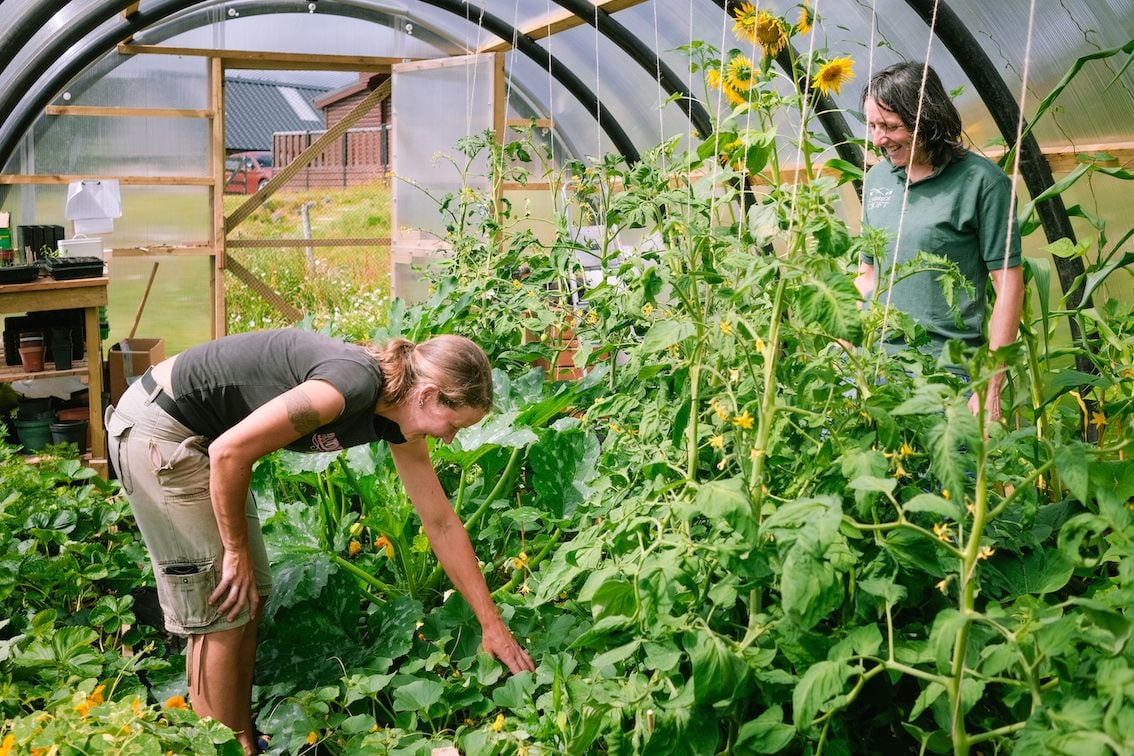
“Growing food is one of our main jobs in the summertime. In August and September we're busy with most of our harvesting, and things like fermenting, dehydrating, pickling and freezing - that's what hopefully lasts us all the way through the rest of the year until we start harvesting again,” Lynn says.
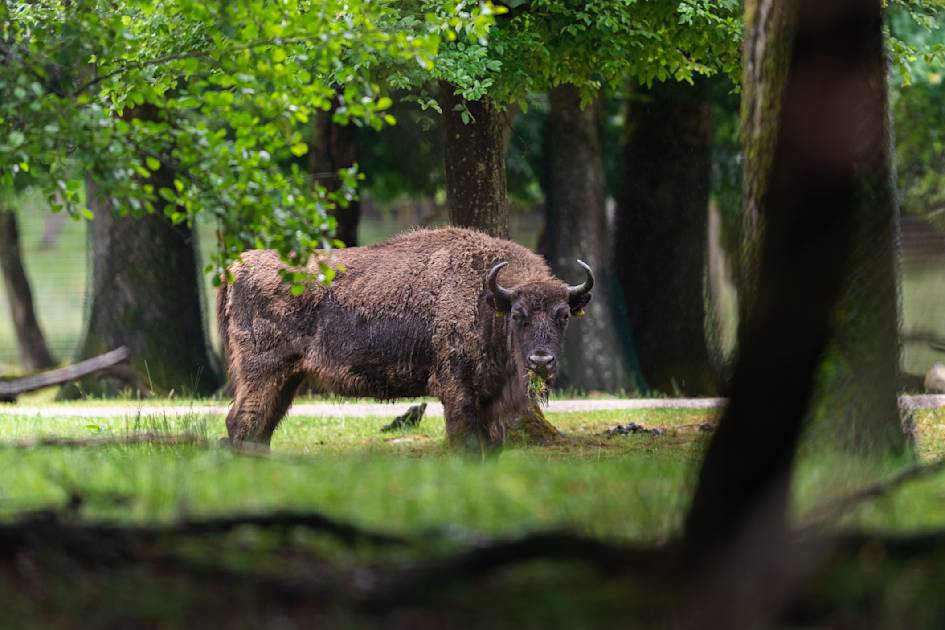
Engaging the Local Community
Lynn and Sandra are very much aware of the challenges of land ownership in Scotland at the moment. “It started in the Victorian era, when people would come up, buy huge swathes of land and manage them for grouse shooting or deer stalking," Lynn explains. "We've got huge tracts of land that are managed intensively and very monocultural."
We're trying to be a beacon of light. When people come to Lynbreck, they always talk about it having a really good energy
Large estates are going up for sale and often being bought by corporations, who plant them with trees to create carbon credits, which can be used to offset either their own emissions, or sold onto other polluters. This process is controversial, as it can price local people out of buying the land. However, Lynn and Sandra haven’t faced any animosity as newcomers. Their croft is a small parcel of land by local standards - and instead, they've been welcomed, clinching those awards and being praised for their practices and integration with the community.
“We're trying to be a beacon of light," Lynn says. "When people come to Lynbreck, they always talk about it having a really good energy."
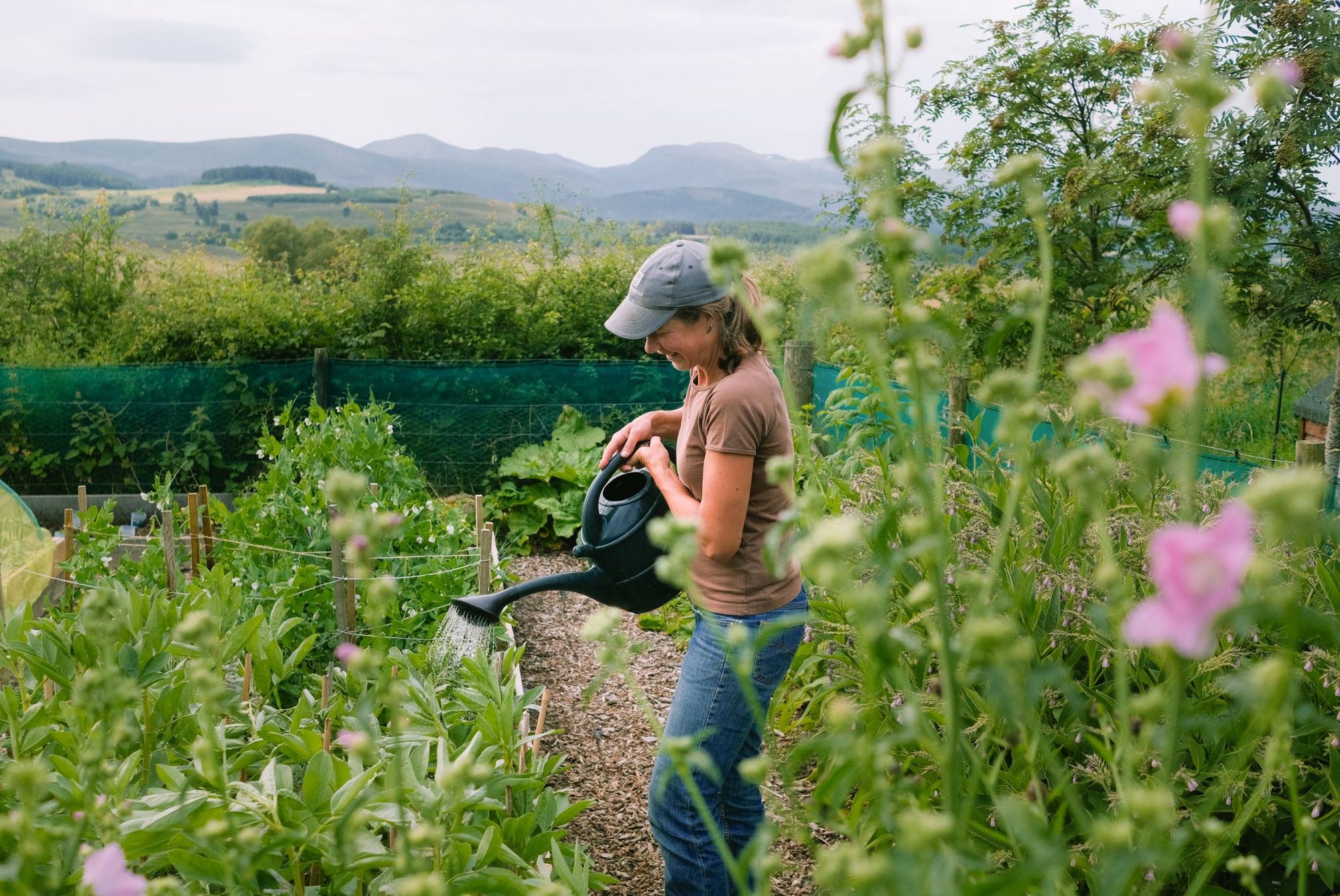
The duo have recently started running a monthly public croft tour during the summer. They also run longer farming courses, where people can stay on the croft and learn more about the practical elements of modern farming.
We feel like the food we grow is the best we can grow, so we want to prioritise the local community - that's our way of contributing to the social health of the area
Their produce is only sold locally. There is a 20 mile delivery radius, and also a collection service.
“We feel like the food we grow is the best we can grow, so we want to prioritise the local community - that's our way of contributing to the social health of the area,” Lynn says.
Highs and Lows of Crofting Life
Of course, it’s not all sunshine and roses. More often than not, it’s rain, snow and early morning starts.
“Farming is relentless. You don't have evenings and weekends,” Lynn says. “Last winter we had five months of snow. Every day you're having to go out, defrost water, feed and move the animals.”
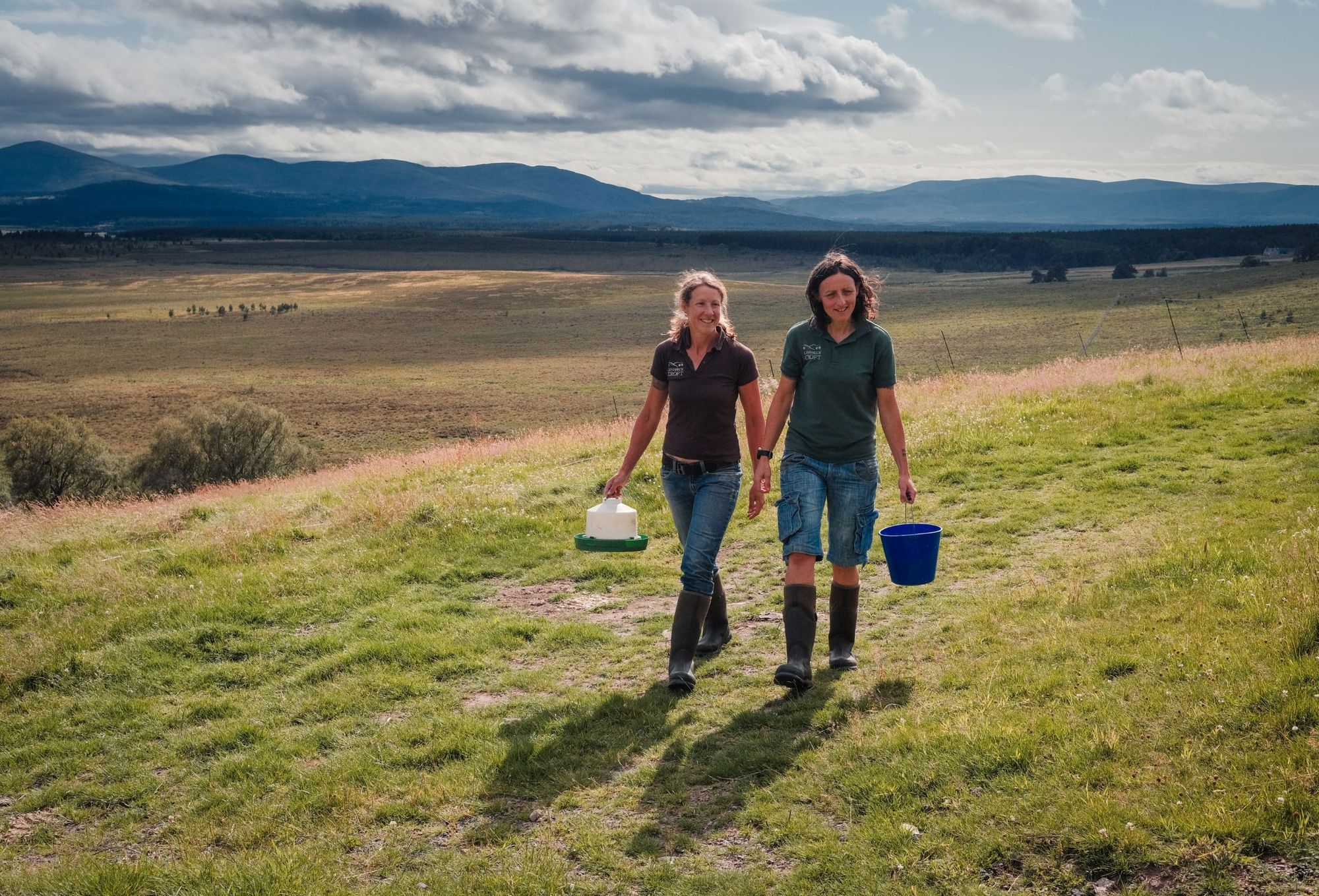
But such a lifestyle has taught her resilience.
“You just get on with it - it can be invigorating, and actually lift you.”
For Lynn and Sandra, there are many more highs than there are lows - in particular, hitting another percentage of self-sufficiency.
“Now we're 95% self-sufficient in vegetables, we're 100% self-sufficient in meat, we have our own well so we're 100% self-sufficient with water. We harvest all our own firewood from the croft; we live in a wooden house and it's entirely fuelled by a wood burner. For us, that’s the epitome of life security,” Lynn explains.
Now we're 95% self-sufficient in vegetables, we're 100% self-sufficient in meat, we have our own well so we're 100% self-sufficient with water
Their advice for people interested in doing something similar? Just keep going.
“Most people don't have buckets and buckets of cash, and so whenever you are looking for land or the opportunity, you just have to always believe it will happen,” Lynn says. “Put all of your focus and all of your resources into it. That's what we did, and that's what got us to this point today. Just never believe it can be anything less than what you want, ever.”
Inspired? Why not check out our Rewilding Adventures, which support critical rewilding projects.


